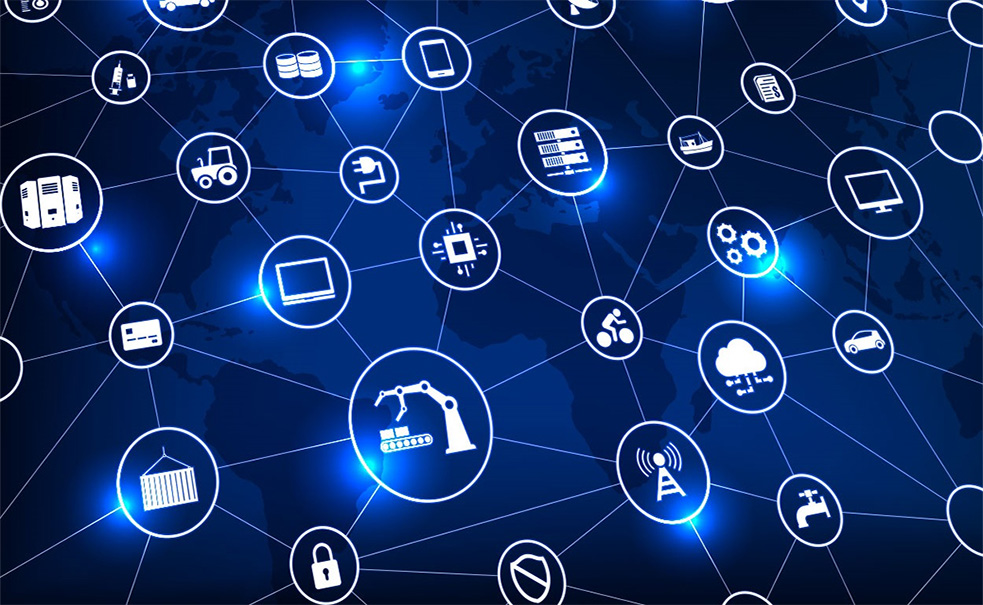Since the publication of Klaus Schwab’s The Fourth Industrial Revolution in 2016, the technology community has been abuzz with the talk of our newest revolution: real-life objects gaining digital connectivity and creating seamless, autonomous production processes. According to Schwab, these revolutionary advancements are already here, and are beginning to affect virtually every industry. But what exactly does it mean, and what does it look like in an actual worksite?
Here’s how the “Fourth Industrial Revolution” is already impacting industrial operating environments and living spaces around the world.
Mining Sites: Improved Safety
The connected mindset of the Fourth Industrial Revolution is helping mining employees and operators stay safe every day.
By allowing cranes, forklifts, and heavy equipment to communicate with each other and with a larger wireless network at all times, many mining sites keep their personnel out of danger and limit accidents. This advanced connectivity even creates the opportunity for self-driven machinery—a change that can not only keep workers out of harsh operating environments, but can also result in a 15% to 20% increase in production as well as reduced costs in fuel and maintenance.
Rail Transportation: Increased Efficiency
Just one delay can set an entire rail line back for hours, and result in thousands of dollars of lost profits. But as technology of the Fourth Industrial Revolution advances, railway systems are keeping ahead.
Sensors, cameras, and devices on trains are being used to remotely monitor and proactively manage vehicle health, speeds and locations, traffic optimization, and more. These applications give rail operators insight into the real-time status of train locations, equipment health, and other vital data so that preventative maintenance can be scheduled before breakdowns occur, and passengers and cargo can be continuously monitored while in route to their destinations to ensure timely, safe arrival.
Ports: Maximum Security
Advancements of the Fourth Industrial Revolution may also be signaling a new era of security for ports.
By increasing the mobility and connectivity of their security equipment with autonomous drones and unmanned ground vehicles, ports are receiving advanced security updates from the sky and on the ground. Ports can even connect these autonomous vehicles to a community of security cameras throughout the operating environment to ensure that all corners of the port are being monitored at any given time.
Municipalities: Enhanced Quality of Life
The progression of the Fourth Industrial Revolution is creating “Smart Cities” across the country and around the world.
Smart Cities keep all of their moving assets connected with city-wide sensors. From fire trucks to security cameras to police officers themselves, communication never ceases, and this type of public safety information sharing can allow for as much as a 25% reduction in crime rate. These types of connected technologies are also helping cities provide fully integrated, intelligent services to all constituents—increasing the speed and quality of service delivered by departments at every level to drive economic growth.
Oil & Gas: Advanced Insight
The automation present in the Fourth Industrial Revolution is allowing previously inanimate objects of the oil and gas industry to become self-directed machines optimized for productivity, communication, safety, and data gathering.
Remote wellhead monitoring is just one way that operators are using equipment to harness powerful metrics as well as valuable oil. This data allows oil and gas sites to stay productive, even during market swings. Drones, unmanned ground vehicles, and wearable connectivity are all being introduced to this industry, as well.
Rajant’s Kinetic Mesh® Network: Powering a Revolution
The future of the Fourth Industrial Revolution will be powered by mobile, automated industrial applications – all which require a network that will never break, even when the assets it must connect are on the move. That’s why Rajant’s Kinetic Mesh network is engineered for redundancy, ensuring that connections will never be lost—whether they’re between forklifts, drones, vehicles, trains, or police officers.
Compatible with equipment in any industry, Rajant’s wireless multi-radio BreadCrumb® nodes provide instant connectivity between any fixed and moving assets, creating a truly dynamic and reliable industrial IoT network. Simply choose an object, attach a node, and become connected—even when the object is in motion. Even when one connection pathway is unavailable, Rajant’s InstaMesh networking software will automatically route traffic via the next-available redundant path, ensuring data packets reach their destination without delay.
To see for yourself how Rajant technology is a foundational element for the future of the Fourth Industrial Revolution, take a look at our full Moving Assets Infographic. You’ll learn how we’re getting a move on to be at the forefront of revolutionary advancements.
You can also speak with a Rajant representative about revolutionizing your operating environment today by clicking here.












